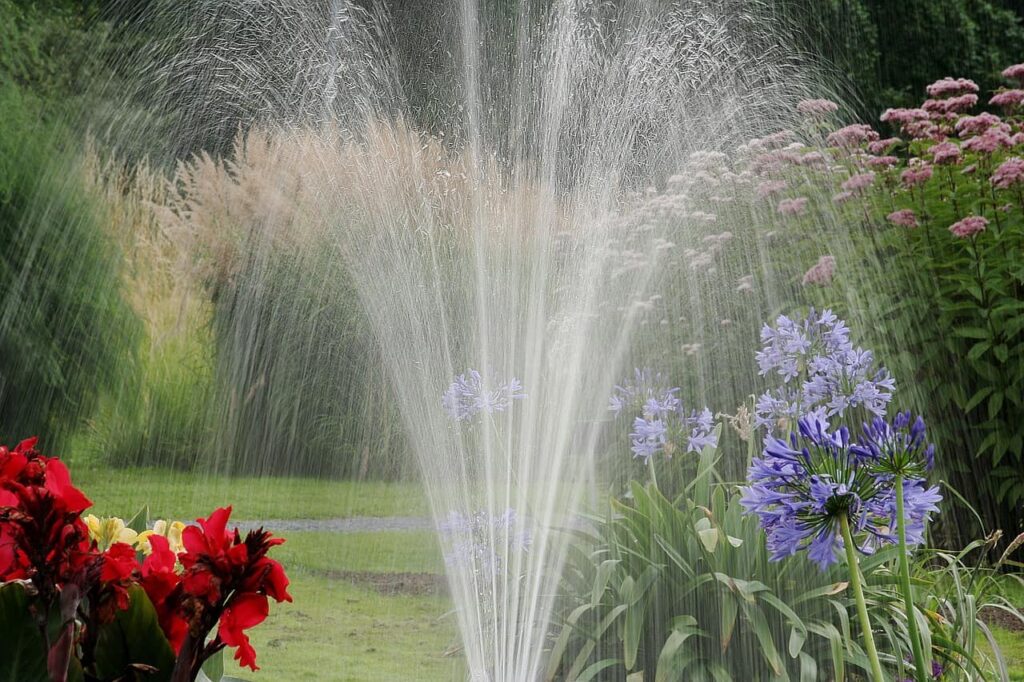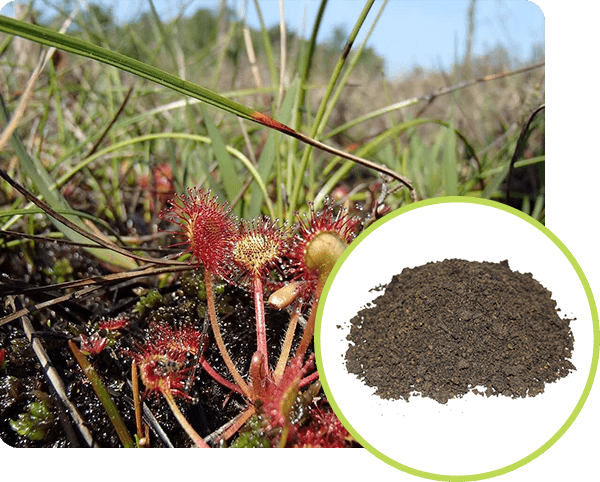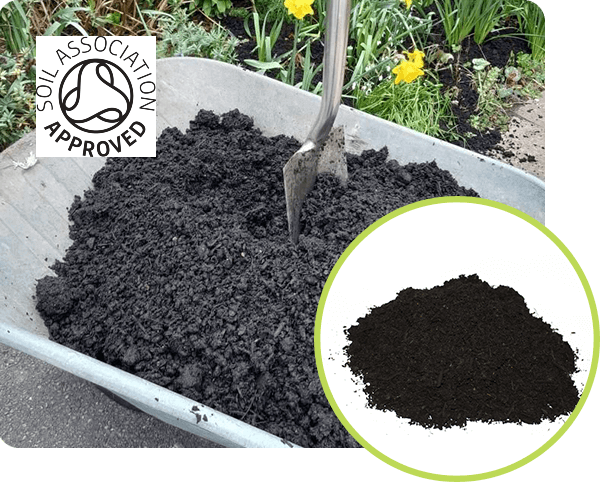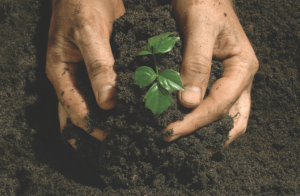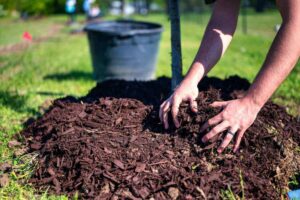A waterlogged garden can lead to poor plant growth and root rot, so fixing it is crucial to maintaining a healthy outdoor space.
In this guide, we will look into effective solutions to tackle waterlogging, whether you’re dealing with a soggy patch or a full-on swam, the following strategies will help you restore balance to your garden and ensure it continues to flourish.
How to tell if you have a waterlogged garden
A waterlogged garden often has poor drainage and excessive water collection. Here are some of the things to watch out for:
- Standing water and soggy patches – if you have puddles that linger or water pools on the surface of your lawn, beds or borders for extended periods after rain or watering, your garden might be waterlogged. Other signs include constantly soft, squishy areas underfoot, very slow drainage or smelly soil.
- Difficulty growing plants – if your plants are wilting or yellowing, excess water might be suffocating their roots, preventing them from absorbing oxygen and nutrients. Yellow leaves – known as chlorosis – are common when roots are waterlogged. You may also find that the plant’s roots are dark, mushy, and smelly, indicating root rot.
- Moss or Algae – moss and algae thrive in damp conditions, so if you notice a lot of moss or algae growing in your garden, it can be a sign of waterlogging.
What causes a water-logged garden?
So, what causes waterlogging? It typically occurs when the soil becomes saturated with water, restricting oxygen flow to the roots. Many factors can cause this, including heavy rainfall, poor drainage, and soil composition. Low-lying gardens and those with clay-rich soils are particularly vulnerable. The conditions can also be aggravated by excessive watering, whether it’s irrigation or natural rainfall.
Plants for water-logged soil
If certain areas of your garden are prone to waterlogging, consider planting species that thrive in moist conditions. Here are some of the most helpful plants for water-logged soil:
- Flowering perennials – Irises love moist soil and can even tolerate standing water. Marsh Marigolds are bright, early-spring bloomers with golden-yellow flowers and Astilbe, known for their feathery plumes of flowers in shades of pink, red, and white, thrive in moist, shaded areas.
- Grasses – these can provide texture and movement in the garden. Creeping Jenny is great for ground cover, creating a carpet of small, yellow flowers in summer and many sedge varieties thrive in moist or wet conditions.
- Shrubs – Dogwoods can be hardy, doubling up as an excellent border or hedge and Winterberry is a type of holly that tolerates wet soil, producing bright red berries that add winter interest and attract birds.
- Trees – Willows, especially weeping willow, are well-suited for wet areas as they tolerate saturated soil and help absorb excess water whilst Alders are great for improving soil drainage through nitrogen fixation.
- Aquatic plants – if your garden has very wet or pond-like areas try Water Lilies and Pickerelweed which grow in shallow water and produce spikes of purple flowers that attract bees and butterflies.
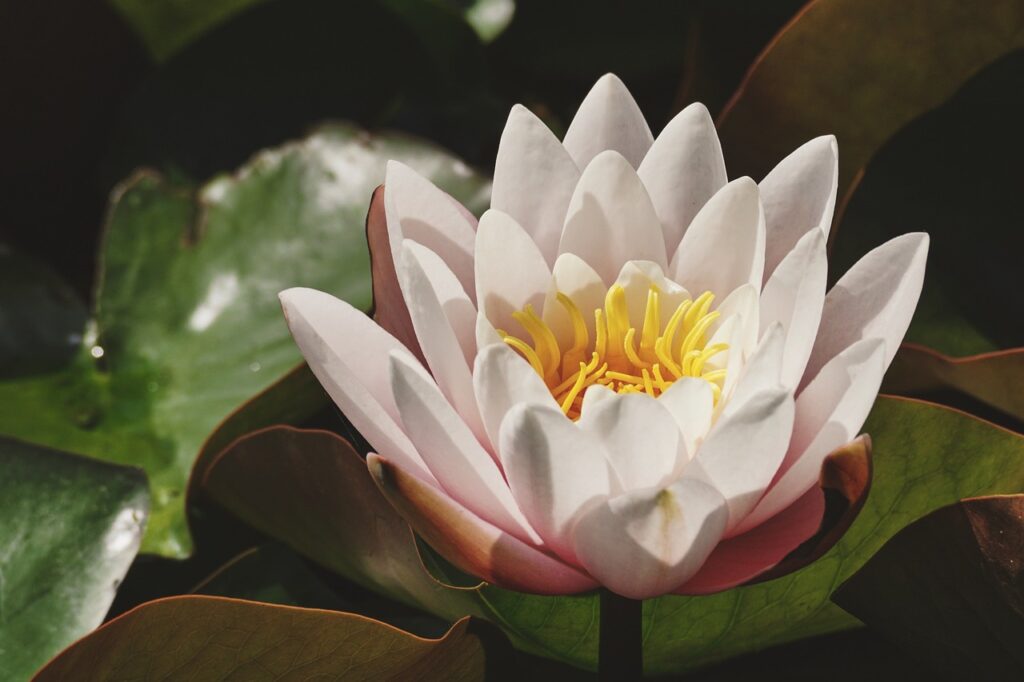
Tips on how to fix water-logged gardens
Let’s look at some ways you can help with drainage to fix water-logged gardens:
- Aerate the soil – use a garden fork or aerator to create small holes across problem areas to help water drain deeper into the ground.
- Add organic matter – adding compost, or mulch into the soil can help to improve its structure and drainage capacity.
- Use raised beds – building raised areas allows water to drain more freely from the soil, keeping plant roots dry and healthy.
- Reshape your garden – fill in low-lying areas with soil or sand to prevent water from pooling or dig a ditch if your garden is slopped so water has somewhere to go.
- Add a pond or rain garden – working with the conditions in your outdoor space can help you tackle waterlogged areas, and work with nature. A pond or rain garden can be used as a great space for water-tolerant plants and wildlife.
By improving soil structure, drainage, and planting strategically, you can effectively reduce waterlogging in your garden.
How to prepare for future waterlogging
While fixing a waterlogged garden is essential, prevention is key to ensuring that it doesn’t happen again. Here are some proactive measures:
- Install a water butt – collect rainwater from your roof to use for irrigation. This not only conserves water but also reduces run off – you can also use the water to water your houseplants.
- Keep drains clear – regularly check and clear your gutters, downspouts, and drainage pipes to prevent blockages.
- Monitor your soil – test your soil periodically to determine its composition and drainage capacity. Amending your soil with organic matter can improve its structure.
Improve soil drainage with Earth Cycle
We have the right soils and composts you need to both help with drainage in your garden and to improve growing conditions for your plants. All our products are delivered in bulk bags and we offer free delivery, so grab yourself a bargain today and order your products with Earth Cycle today.

